





In this second installment of Springtime, Summertime, Autumn, Wintertime ? Dreamtime, I invite you to join me in another activity of this "fifth season" that I celebrate every year in January and February.
Best viewed with![]()
Free Download
At the top of my list this year is a brand new Hydrangea available to gardeners for the first time: the lovely pink-flowered InvincibelleTM Spirit (photo top right) from the folks at Proven Winners. For those of us who garden in zones where the colorful macrophylla species never flowered, this is the most welcome colored hydrangea since the Endless Summer series (see column at right) of macrophylas came on the market over the past several years. InvincebelleTM stems from the old familiar white Hydrangea arborescens 'Annabelle' and has the same guidelines for care. (Watch video)
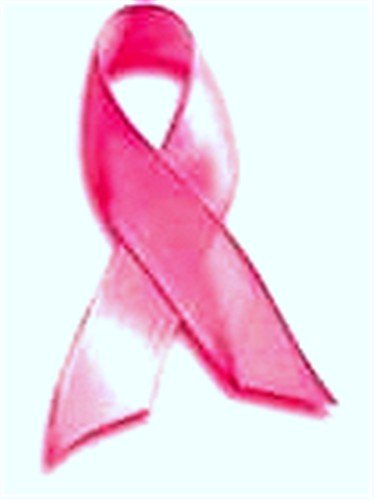
Although I would most likely have decided to trial this hydrangea in our gardens in any case, there is a special incentive to do so that has a connection to this plant's pink color. Proven Winners will donate $1.00 to the Breast Cancer Research Foundation for each InvincibelleTM Spirit sold. The goal is to raise $1,000,000 for breast cancer research. Wearing a pink lapel ribbon shows support for breast cancer awareness.
Plant No. 2 | Fraser's Sedge (Cymophyllus fraserianus)
Although sedges are technically not grasses, the garden-worthy ones are often grouped together with ornamental grasses. Like the grasses, sedges belong to a very large and widespread family. They generally prefer slightly acidic, moist soils or shallow water, but some get along quite well in drier soils.
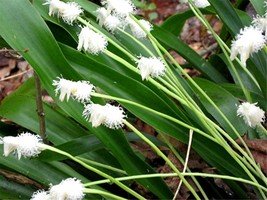
Fraser's Sedge (also known as Cymophyllus fraseri, Carex fraseriana, and Carex fraseri) is a terrestrial plant native to the Appalachian Mountains of Pennsylvania, Maryland, West Virginia, Virginia, Kentucky, Tennessee, North Carolina, South Carolina, and Georgia. It prefers moist, rich, slightly acidic soil, but tolerates some drier sites as well. The dark green leaves (see photo) are evergreen, strap-shaped, and look somewhat like those of a small, supple-leaved yucca. As they age they tend to become a bit floppy.
I like to choose at least one plant each year that is unusual and offers a challenge. One unusual aspect of Fraser's Sedge is its flowers. Most sedges have insignificant brownish blooms, but Fraser's are small, showy white pom-poms. They're quite unique in the world of flowers and are present from May through June.
The challenge presented by growing this plant in our gardens is threefold: 1)We garden close to the dividing line between Zones 5a and 5b. The original source I consulted said that Fraser's is hardy through Zone 5. Since then, I've come across sources that say it's only hardy from Zone 7 southward. I'll need to remember to mulch heavily as soon as the ground freezes. 2) It requires slightly acidic soil. Most of the soils in our gardens are more or less neutral at 7.0. I'll have to amend the planting site with an acidifier. 3) It prefers damp soil in a slightly shady area. While such an area exists in our gardens, it tends to dry out in summer during long dry spells, so I may have to sprinkle the area occasionally.
Thalictrum, which belongs to the family Ranunculaceae, is a genus of over 100 species of flowering plants. Commonly called Meadow Rue, thalictrums favor shaded or damp locations and are found throughout most of the Northern Hemisphere. A few are also native to areas of South America and southern Africa. Even though the individual flowers are smallish and often have no petals (just showy stamens), the inflorescence is quite impressive. The flowers appear in large, airy clusters on tall stalks in shades of pink, purple, yellow, or white.
Garden-worthy varieties include those in the column to the right. Note that Thalictrum rochebrunianum is a variety whose flowers do have petals (see inset). At the moment the only species growing in our gardens is T. aquilegifolium. As its species name implies, the leaves look like those of aquilegias (columbines). Their blue-green sheen adds interest, even when the plants are not in bloom. I've planted this species in among a mixed shrub border, where it gets the shade it needs, but also benefits from bright light.
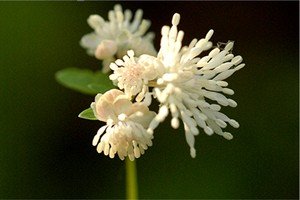
In order to brighten up this shady border a bit more, I've decided to try a Meadow Rue that's new to me. I first read about it in The American Gardener, a magazine published by the American Horticultural Society. It's horticultural moniker is impossibly long: Thalictrum filamentosum var. tenerum Heronswood Form. The flowers are white (see photo at left) and without petals.
My attraction to this thalictrum is not only due to the white flowers, but to the fact that it's the longest blooming Meadow Rue available. The huge clouds of white last for three full months! If you'd like to give this plant a test drive, make sure that you get the Heronswood Form. It's named for famed plant hunter, Dan Hinkley's now defunct nursery in Kingston, Washington. The usual Thalictrum filamentosum has a much shorter blooming period.
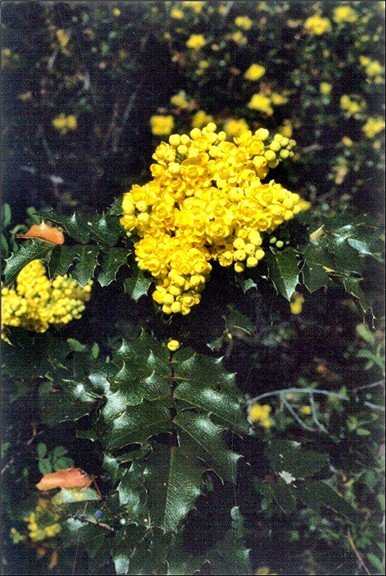
kennedyh
Mahonia aquifolium is one of the Grape Hollies that's listed as hardy in Zone 5. Many are not. My reason for acquiring this plant has less to do with it's flowers (even though they bloom a lovely golden yellow in spring) than it does with its leaves. Grape Holly will provide an interesting source of greenery for arrangements during the winter. The only evergreens we currently have in our gardens are conifers.
I'm looking forward to using the holly-leaf lookalike in holiday arrangements, instead of having to buy holly sprigs from florists. Red berries to go with the pseudo-holly sprigs will come from deciduous Winterberry hollies that have graced our gardens for many years. Mahonias do have berries, but they're dark blue to almost black and don't show up well in arrangements.
I haven't quite decided which way I want to go with a yellow peony. Peonies are divided into two basic kinds: Herbaceous peonies (the bushy kind that has been a favorite in U.S. gardens as far back as colonial times) and tree peonies (deciduous shrubs with huge blossoms in many colors, including yellow). Yellow-flowered herbaceous peonies are quite rare, so many gardeners have turned to tree peonies for yellow flowers.
In 1948, Toichi Itoh of Tokyo, Japan, succeeded in making an intersectional cross. He crossed the tree peony P. x suffruticosa var. 'Alice Harding' with the herbaceous peony 'Kakoden'. The resulting seedlings were herbaceous, but exhibited some of the tree peony traits as well. He obtained six seedlings that were considered gardenworthy. Among them were the first herbaceous double-flowered peonies to have a true, deep yellow color. They represented a long-sought goal of both hybridizers and gardeners: to grow herbaceous yellow peonies.
In the interim, intersectional yellow peonies have been produced in the U.S. as well. The problem is that they're prohibitively expensive, with some plants selling for $200 or more. And that's my dilemma. I cannot in any way justify buying a yellow peony at that price! Yes, I could plant a yellow-flowering tree peony, but it's the unusual nature, the beauty, and history of the herbaceous intersectionals that I find alluring. Take a look (column to the right) at some of the gorgeous intersectionals being developed by breeder Don Smith.
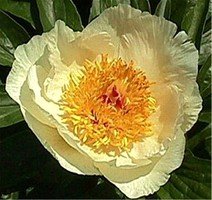
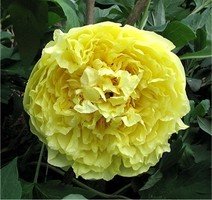
Several days ago, I narrowed my choice to two peonies (at left), one being the traditional herbaceous kind and the other an intersectional. The traditional one is 'Early Glow' and sells for around $20. It starts out a pale yellow but unfortunately ages to a creamy white. The intersectional ones retain their beautiful rich yellow color.
I've been scouring the Internet as I write this article, trying to find what I would consider to be a reasonably priced yellow intersectional. So far I've unearthed 'Yellow Crown,' developed by Mr. Itoh, at Contrary Mary's Plants. It sells for $50, which appears to be quite a bargain in the context of the high prices commanded by intersectionals. I might just spring for it!
In my next "Dreamtime" article, I'll share with you some interesting reading I've been doing about the "new" German style of gardening.
Endless Summer Series 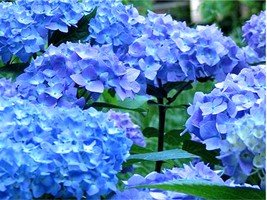
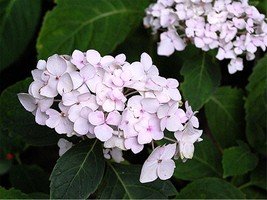 Blushing Bride henryr10
Blushing Bride henryr10
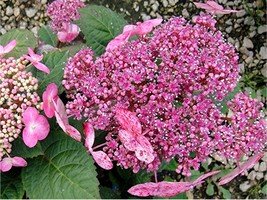
Twist-n-Shout echoes
Garden-worthy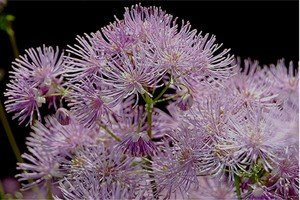
T. aquilegifolium henryr10
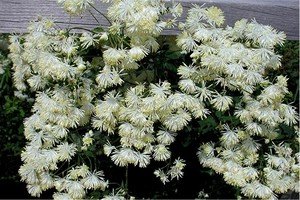 T. pubescens Todd_Boland
T. pubescens Todd_Boland
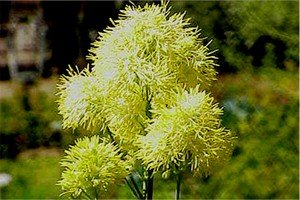 T. glaucum Wikimedia
T. glaucum Wikimedia
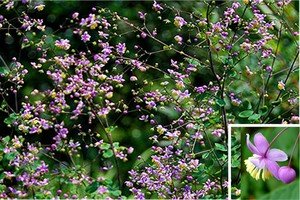 T. rochebrunianumTomH3787
T. rochebrunianumTomH3787
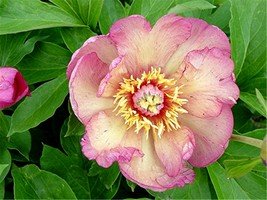
Don Smith
R2P08_4589
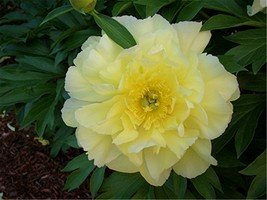
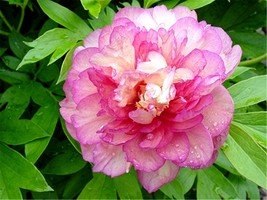
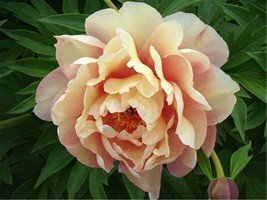
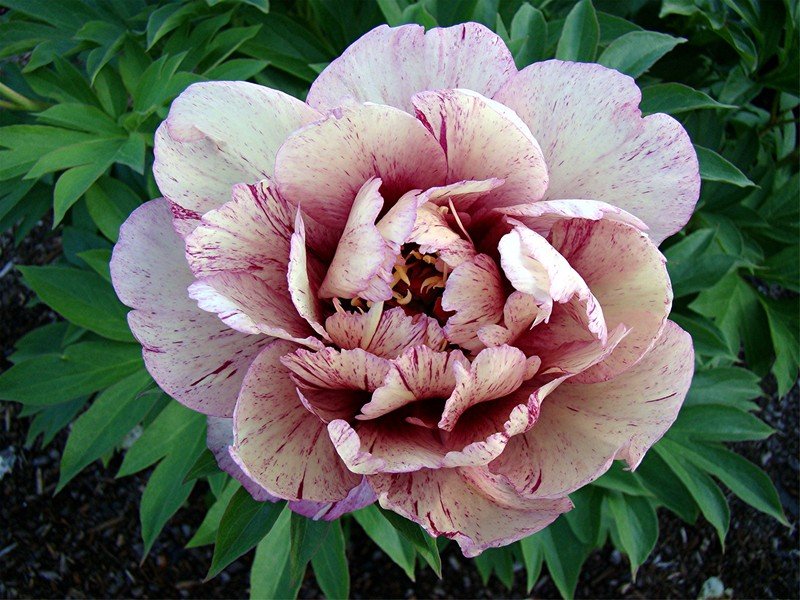
R3P12_0428
Where to Find My PlantsPlant No. 1. Hydrangea 'InvincibelleTM Spirit'
Vendor 1
Vendor 2
Plant No. 5. Yellow Peonies
Early Glow
Yellow Crown
Credits
My heartfelt thanks to Don Smith, a well-known U.S. peony hybridizer working on developing new intersectional peonies. In the "Intersectionals in the Making" section above, he very generously gives us a sneak preview of seedlings he's currently evaluating for release. You can learn more about Don's work and see some more of his peonies--including named varieties like the one at the right--at:
http://www.intersectionalpeonies.com/ http://www.yellowpeoniesandmore.com/ http://www.paeonianewsletter.com/
A heartfelt thank you goes as well to Janice Limbaugh for the use of the photo above of the InvincibelleTM hydrangea. The photo is courtesy of Proven Winners ColorChoice.
Finally, as always, a big thank you to the photographers who contribute to the DG PlantFiles and whose photos I've used here.
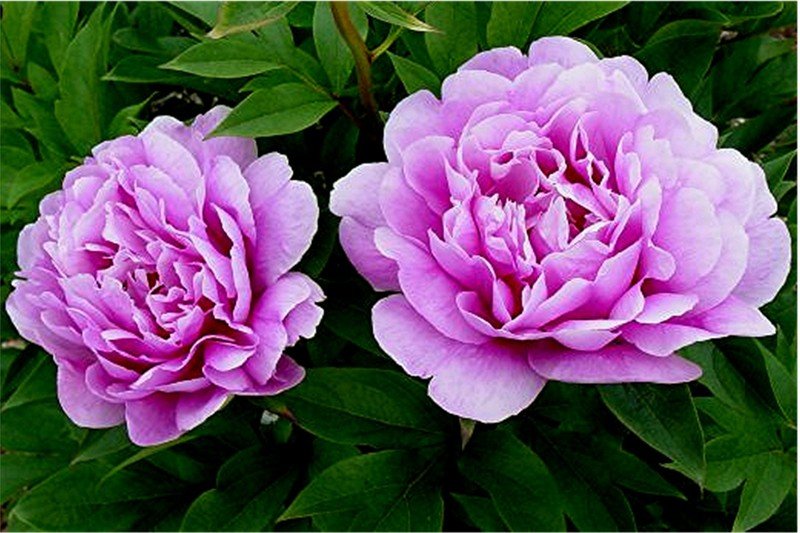
Don Smith
Questions? Comments? Please use the form below. I enjoy hearing from my readers!
Special request to all my readers: If this article looks funky on your monitor and various elements appear jumbled or run off the screen, please let me know. Many thanks!
Click here for a text only version of this article
© Larry Rettig 2010
Copyright © www.100flowers.win Botanic Garden All Rights Reserved